Have you ever wondered what goes on before a crowd files in and the cameras go live from a major wrestling event? Writer Tim Fiorvanti and photographer Rich Messina were granted unprecedented access to the Lowell Memorial Auditorium throughout the day on Friday, Sept. 30, as Ring of Honor held its pay-per-view event "All Star Extravaganza VIII."
With the hope of shining a light on just how much work goes into making a wrestling PPV happen, Messina shares a collection of some of the best images he shot that day, while Fiorvanti narrates the day's events and action.
In the early morning hours on Friday, a caravan of trucks lined one side of Brown Street the whole way down behind the Lowell Memorial Auditorium. There were several truckloads filled with all of the elements of the wrestling ring, along with the ring barriers and all of the staging, but one full truck was dedicated specifically to a series of video LED boards.
It's the biggest sign of ROH's step forward in the scaling up of its broadcast presentation.
As you see above, Todd "Gundy" Gunderson, the lead LED tech for this pay-per-view event, is connecting one of the final individual boards behind a massive LED wall that serves as the primary display feature on stage.
The video board isn't the only recent addition to the ROH production -- the scale of its lighting setup surrounding the ring has changed entirely since the company was purchased by Sinclair Broadcast Group a few years ago. A member of the tech crew is pictured above scaling one of four vertical elements to the truss system, as the crew prepares to hoist the massive lighting rig.
"What we're looking at is a 40'x40' truss, and we call it 'the entertainment area,'" said Mark Davis, director of production for Ring of Honor. "The 18'x18' ring sits in the middle of it, but the trussing system itself, with all of the lights and everything, we're pushing 4,000 pounds."
As you can see, the ceiling and the setup of the Lowell Memorial Auditorium, which opened up in 1922, presents a number of unique challenges for the production.
"This is a little bit of a different setup than what we normally do," said Davis. "Normally, we just find rigging points and fly the rigging from the ceiling, and you're talking about a little less weight, maybe 3,000 pounds. This is a unique setup because it's an older setting and it doesn't have the engineering specs."
Once all the trusses were up, it's time to start building the ring. This process is entrusted to a ring crew made up of veteran wrestlers and officials -- each of whom has constructed and deconstructed rings hundreds of times -- who guide a group of younger wrestlers and future hopefuls through the process.
One of four massive steel posts sit in each corner of the ring, connected by steel that forms the ring apron and the base of the ring. A series of planks are then laid out, one by one, creating a full platform for the ring. This process is particularly important, as one misplaced element could cause a dangerous environment for the competitors who enter the ring -- setting up the potential for serious injury
The wrestler affectionately known as "Cheeseburger" is pictured here directing traffic, lending his experience and expertise to the process as the last planks are positioned.
Once all the planks are in place, a thin layer of foam is laid out on top to provide a consistent surface and some shock absorption for the ring.
After this layer is put down, the full canvas is laid out, the ring skirts are added around the ring and the ropes are attached to each of the four ropes.
Within a few short hours, what was previously an open space starts to feel very small. With the "entertainment area" prepared, it's time to fine-tune the presentation before a crowd can be let in.
With the last of the panels of the video board in place, it's time to test the LED's. An assistant points out to Gunderson a single pixel that's not lighting up in the proper color.
"What we use is a 10 millimeter wall, that is our branded wall," said Gunderson, who works for Houston-based GVP media, which has partnered with ROH in producing the multimedia element of wrestler entrances. "The resolution of the board is 672x384, and typically when you see a resolution like that you think it's going to be really small, but because the pixels are actually large, when you look at it from far away it's pretty clear, and you can't even see the pixels.
The panel is moved, and after some further testing, everything works as it should. What started out with a 72-inch monitor eventually evolved into a 7'x12' wall and expanded into an 11'x22' primary video board with four secondary boards (two 12'x4's and two 10'x2's).
After everything else is set up inside the arena -- from the chairs, to the merchandise stands, to the concessions and every minute detail is ironed out -- the doors are opened 90 minutes before the first bell is scheduled and fans come streaming in.
The Boston-area crowd is excited and there's an energy from the moment the security team pushes open the doors of this venerated building.
There's a fair bit of wrestling history that's happened here as well. Various WWF programming was shot here in the 1990s, including a Thursday Raw during which Shawn Michaels famously "lost his smile" and The Rock defeated Triple H for the Intercontinental championship. This was also the site of an NXT Live Event in April during which Samoa Joe defeated Finn Balor to win the NXT championship.
The crowd quickly piles into the arena, and gets split into two. The mass of people in the foreground are at the merchandise stand, perusing over a wide variety of T-shirts, wrestling figures, DVDs and even high-quality replica title belts.
The line snaking out of the doorway connected to the foyer at the entrance features more than 50 fans lined up to get an autograph and a picture with one of a dozen wrestlers set up for a fan "meet and greet" session prior to the show.
With the show just a short time away, fans have the opportunity to get up close and personal with their favorite performers. The flamboyant Dalton Castle is one of the most popular wrestlers on the ROH roster, and his table, which sits at the end of the row, has one of the longest and most consistent lines. He poses here with a fan and his valets "The Boys," as two friends capture the image on their cell phones.
The lines start to wind down as the first bell draws closer.
As the last of the autograph sessions wrap up, the team of Ray Rowe and Hanson -- collectively known as War Machine -- make their final preparations for their Four Corners Survival Tag Team match. They'll take on The Cabinet (Kenny King and Rhett Titus), their current rivals Keith Lee & Shane Taylor, and a new team comprised of Castle and Colt Cabana.
A three-way match between Silas Young, EVIL and Will Ferrara kicks off the show before the official broadcast begins, with Young picking up for the victory.
An introductory sequence is shown on the video board, and "All Star Extravaganza VIII" officially gets underway.
In the opening contest of the pay-per-view, Donovan Dijak is the first wrestler to make his entrance. Dijak, whose hometown is less than a 15-minute drive from the Lowell Memorial Auditorium, gets a raucous applause from the crowd as he enters for an ROH world television championship match against Bobby Fish.
Dijak is accompanied by his manager Prince Nana (left) along with a number of New England Wrestling Academy trainees holding up a "Dijak" flag. In the foreground, you'll notice that dozens of fans are waving smaller versions of the flag.
Dijak attempts his Feast Your Eyes finishing maneuver on Fish, with the move helpfully displayed on one of his kneepads. The move features an opponent on his shoulders, who is then flipped from the shoulders as Dijak brings up his left knee and connects with his opponents' head.
Despite this uncomfortable positioning for reigning champion Fish, the hometown boy would not get the victory in this match. Fish defended his championship successfully shortly thereafter via choke out on Dijak (although he never actually submitted).
Mark Briscoe makes his way down to the ring ahead of his first-round match in a tournament to crown the first ever ROH six-man tag team champions. He's teaming with his brother Jay, with whom he's an eight-time ROH tag team champion, and Japanese wrestler Toru Yano.
They take on a team of Super ACH, up-and-coming New Zealander Jay White and Japanese star KUSHIDA, with the latter picking up the victory to allow their team to advance.
Japanese wrestler Kamaitachi rests on the bottom rope in the corner as his opponent, Dragon Lee, slowly approaches. The pair put on one of the most well-regarded matches of the night, with Dragon Lee, the CMLL world lightweight champion, ultimately pulling out the victory in a heated contest.
Other early matches on the card saw Castle and Cabana win to become new No. 1 contenders for the ROH tag team championships, and Kyle O'Reilly defeating Hangman Page in a short match that also saw Page injure O'Reilly's shoulder in a postmatch attack.
In one of the most highly anticipated matches of the evening, former ROH world champion Jay Lethal takes on Tetsuya Naito. As seen on the video display, Lethal has Naito lifted up into the air, though Naito is well-positioned for a counter with a DDT.
This is the position from which Gunderson and his team watch over the show and all of the activity during wrestler entrances.
"What we originally did was take a feed from them and they ran the screen, but as the production grew we took over the video content and now we control it ourselves from our media servers," said Gunderson.
In the second title fight of the evening, long-time rivals Adam Cole and Michael Elgin compete for the ROH world championship.
Reigning champion Cole, seen here tumbling over the top rope, won his first ROH world championship in a tournament final against Elgin, and lost that title to Elgin nine months later.
Cole, now in his second reign as champion, defeated Elgin to retain his championship.
Nick Jackson and his brother Matt Jackson -- The Young Bucks -- walk down the ramp toward the ring for the main event of the evening.
The match, entitled "Ladder War 6," was just the sixth such match in Ring of Honor's 14-plus year history. For the first time ever, a ladder war would be a multiway match, pitting reigning ROH tag team champions The Addiction (Christopher Daniels and Frankie Kazarian), The Young Bucks and The Motor City Machine Guns (Alex Shelley and Chris Sabin) against one another with the tag team titles suspended high above the ring.
Over the course of 24 minutes, these six men risked life and limb going through tables and ladders, flying from the ring to the floor and dazzling fans both in attendance and at home in almost every way.
Each team had a moment where it seemed they might win, and both Kamaitachi (an ally of The Addiction) and Jay White (an ally of the Machine Guns) got involved as well.
"That era of tag wrestling where we saw those great TLC matches with the Dudleys, Hardys, Edge and Christian. That inspired us, so we wanted to try to live up to those great matches," said Nick Jackson, reflecting on the match the following day.
"The TLC era is what brought us to want to be pro wrestlers," added Matt Jackson.
The Young Bucks performed super-sized versions of their signature maneuvers several times during this match, including this moment that served as the climax of the match. With all of their foes dispatched, including Daniels, who was wedged between two ladders, Nick Jackson had a free path to pull down the titles. Matt Jackson, however, had Kazarian positioned for a tombstone piledriver atop a table in the corner and beckoned his brother to complete the other half of their patented IndyTaker.
Matt complied, leaping from the second rung of the ladder as the pair put Kazarian through the table.
The Young Bucks then climbed the ladder as a team, and became ROH world tag team champions for the second time.
As The Young Bucks celebrate in the ring, the tolls of the match are clearly visible on Daniel's face. The 46-year-old wrestler, who made his debut in the business back in 1993, put his career into perspective during an impassioned promo in the lead-up to All Star Extravaganza VIII.
"In pro wrestling terms, 23 years can seem like an eternity," said Daniels. "I look around at a lot of the people who started after me and have already retired -- and I'm still here. My thoughts turn to the end. Is the end close by? Can I see the end from where I'm at? Is it close enough to touch? I know the cliche about an athlete dying two deaths, and I realize that my first death is a knock on my door that I can expect at any time."
Despite being the elder statesman in this match, Daniels produced some of the biggest highlights, including a tumble through a ladder and a fall from a ladder inside to the ring onto a pile of guard rails set up on the outside. He also took a shot during the match that caused him to bleed profusely through the second half of the ladder war, and the wounds suffered by both Daniels and Kazarian led to a trip to the hospital following the show.
The Young Bucks hold up their newly-won titles from atop the ladder to wrap up the show. The main event ladder war was well-received across the board, and earned a 4.75 out of 5-star rating from long-time wrestling scribe Dave Meltzer; it's one of only 12 matches in the entire world in 2016 to receive a rating of at least 4.75 stars.
While neither The Young Bucks nor The Motor City Machine Guns required medical attention, and none of the six competitors suffered long-term injuries, everyone had battle wounds of their own. Nick Jackson, left, had significant lacerations on his right side from one of the many tables he went through during the match.
In the end, it was all worth it.
"We asked for that match, we wanted the match, and they gave it to us," said Matt Jackson. "We felt a responsibility to really have a good one, because that was us, that was our idea. There's something about being an artist and having this creative idea in your brain and writing it down on paper, but actually doing it and seeing it and watching it, it's so fulfilling for me. It's so fulfilling for Nick. I think it's a thing that only an artist really understands. You can't put a price tag on it. It's just this weird fulfillment of, "Aww we did it."
As the show concludes, the crowd filed out for the evening. Unlike most shows in this vein, the ring crew didn't immediately come in and break things down to load them back on the truck.
Almost everyone -- main event competitors included -- was destined to get right back into the ring the very next day for a set of TV tapings.

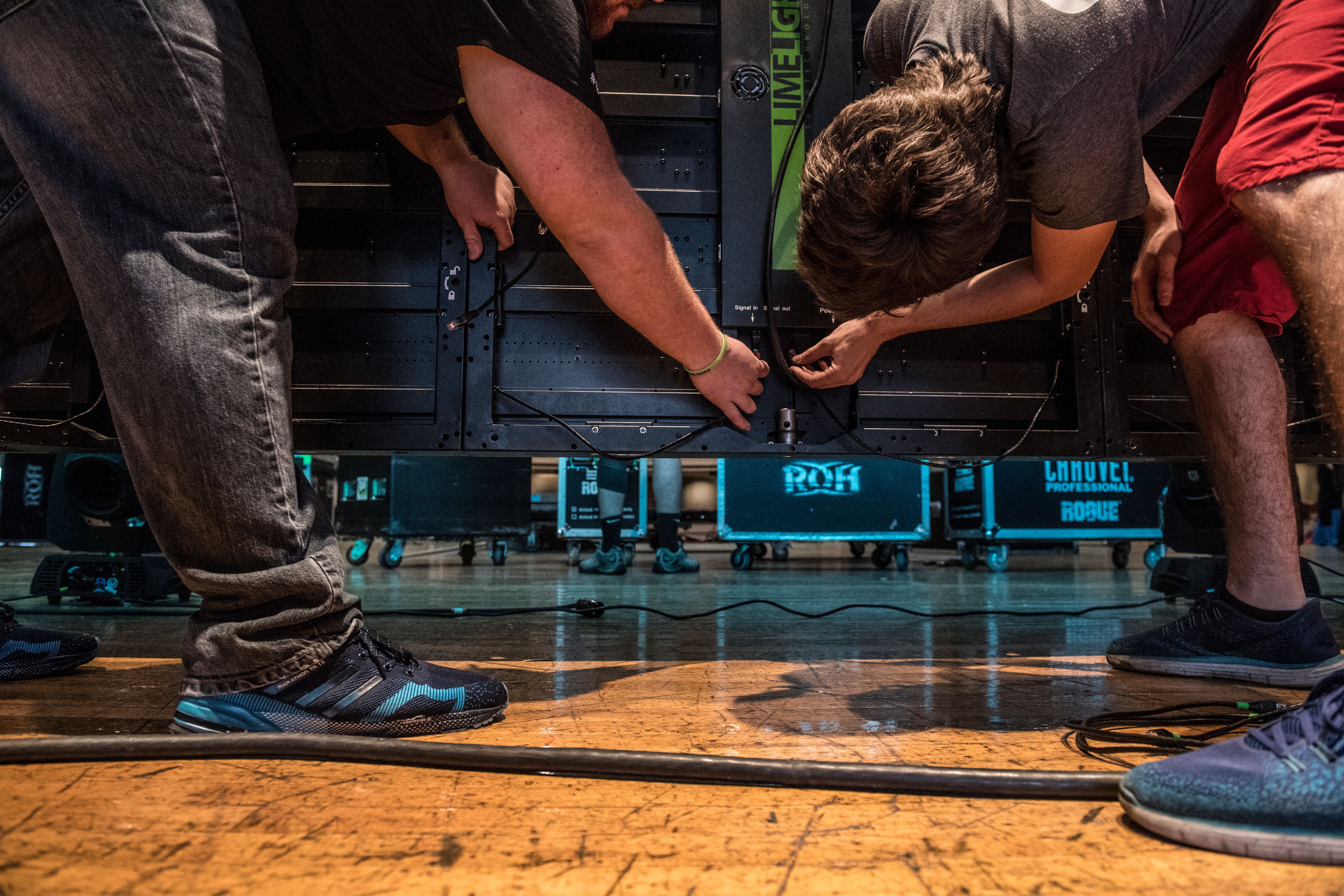 click to enlarge
click to enlarge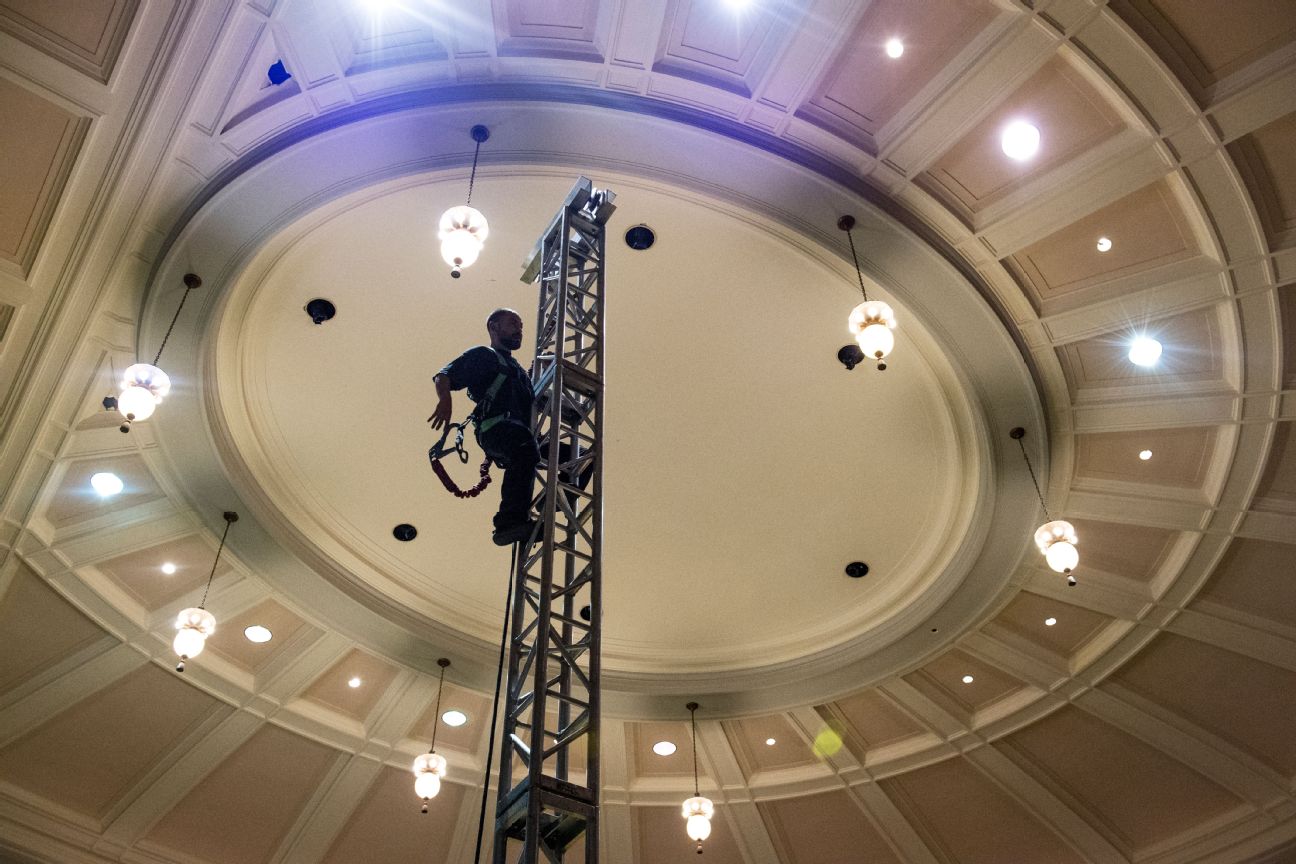 click to enlarge
click to enlarge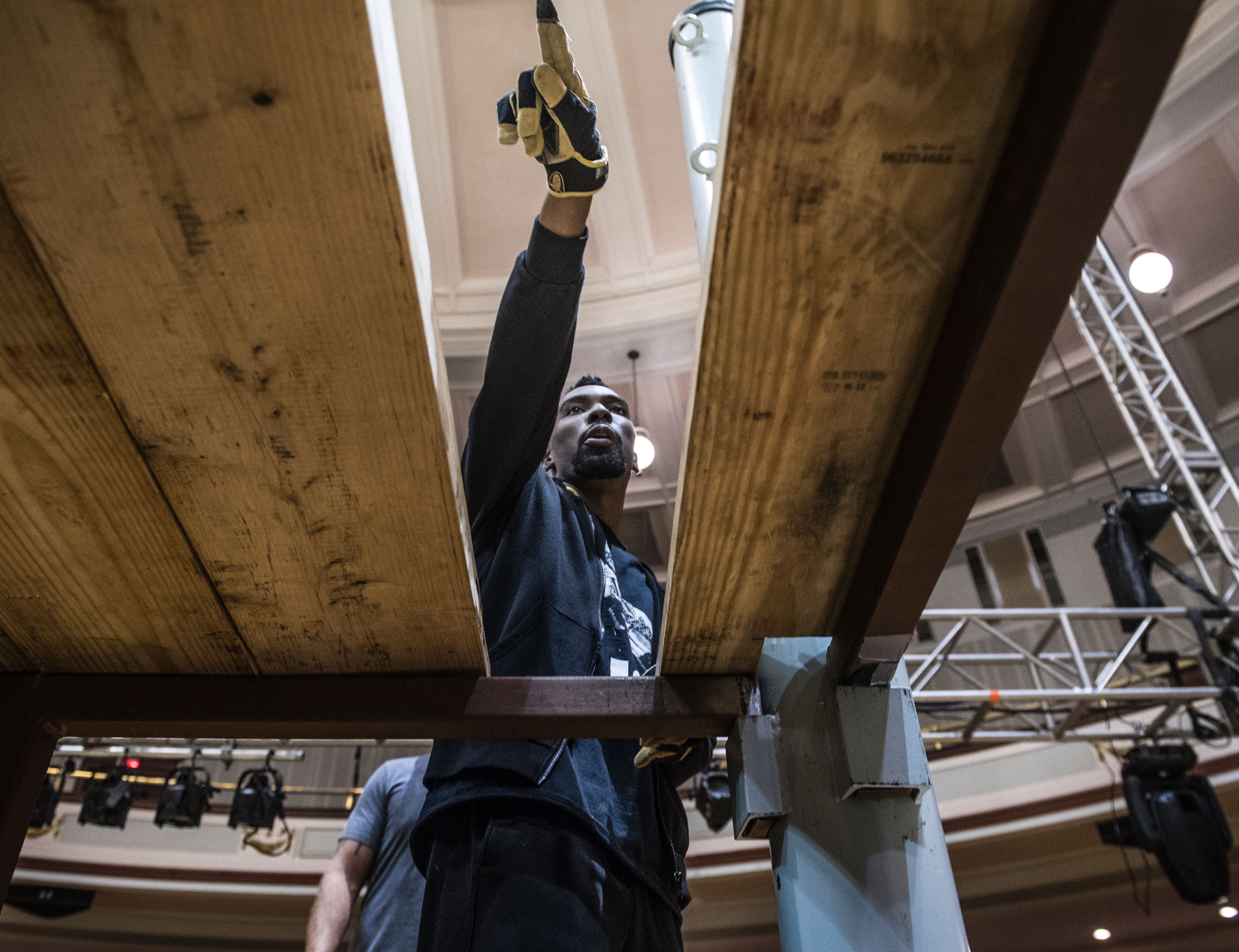 click to enlarge
click to enlarge click to enlarge
click to enlarge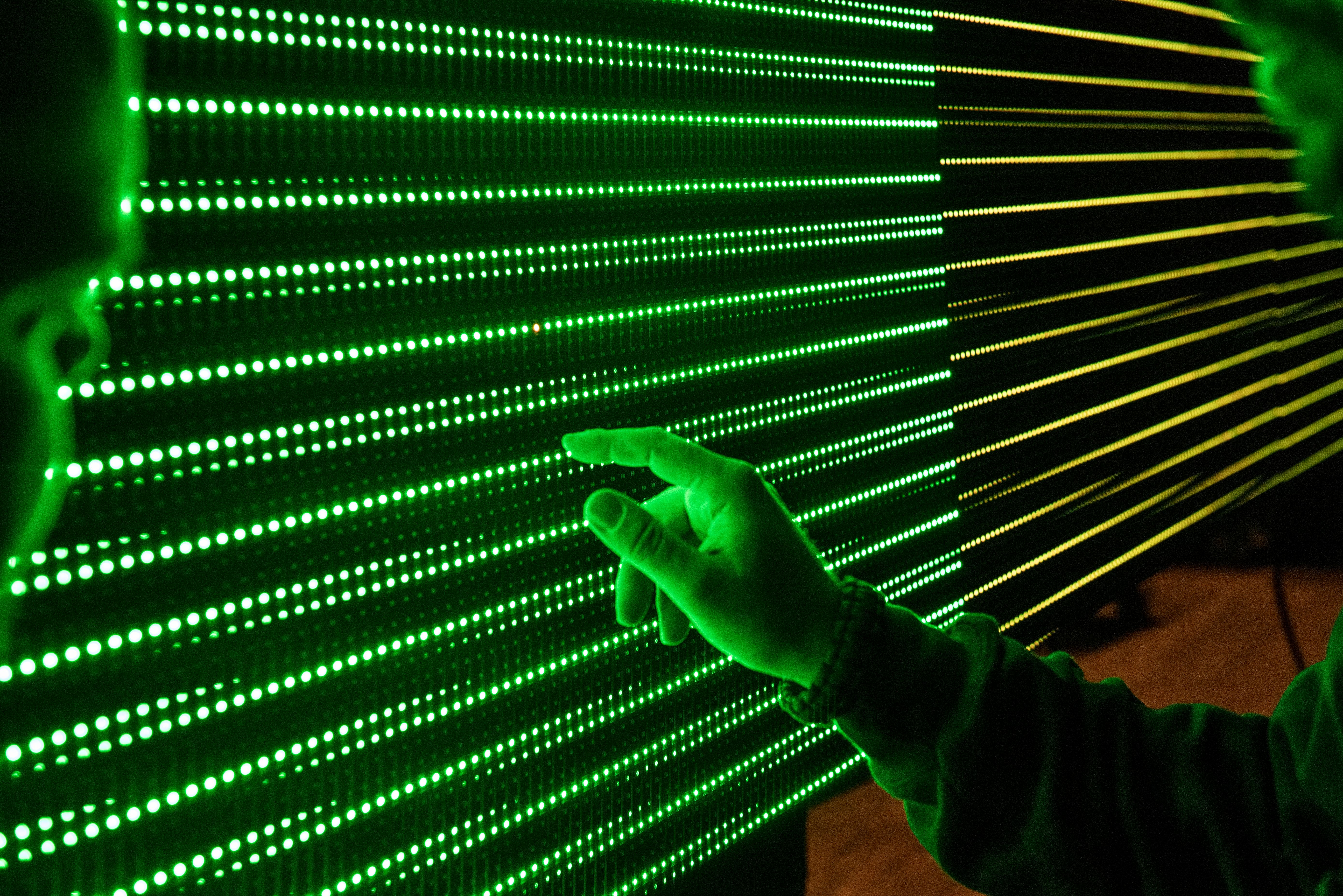 click to enlarge
click to enlarge click to enlarge
click to enlarge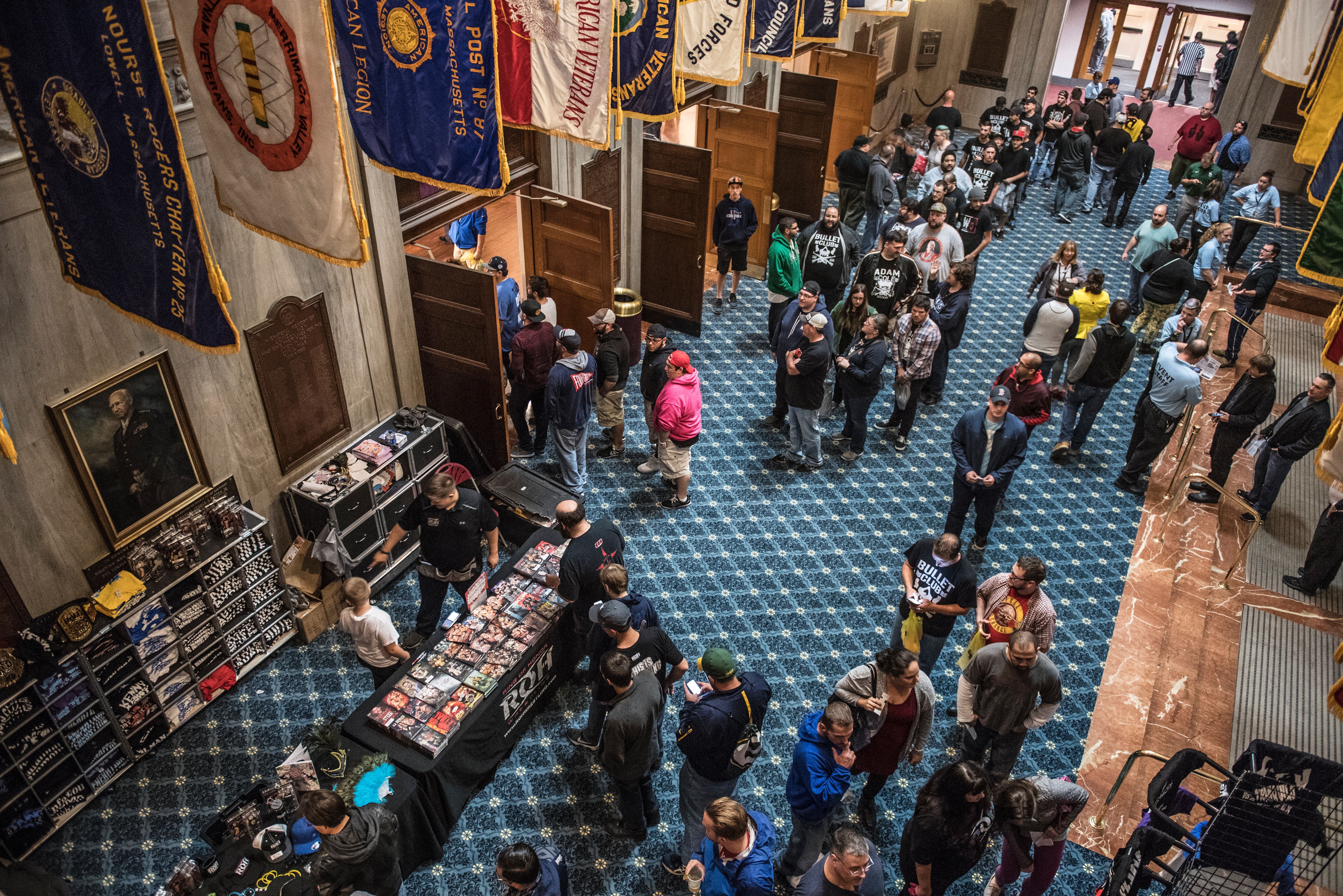 click to enlarge
click to enlarge click to enlarge
click to enlarge click to enlarge
click to enlarge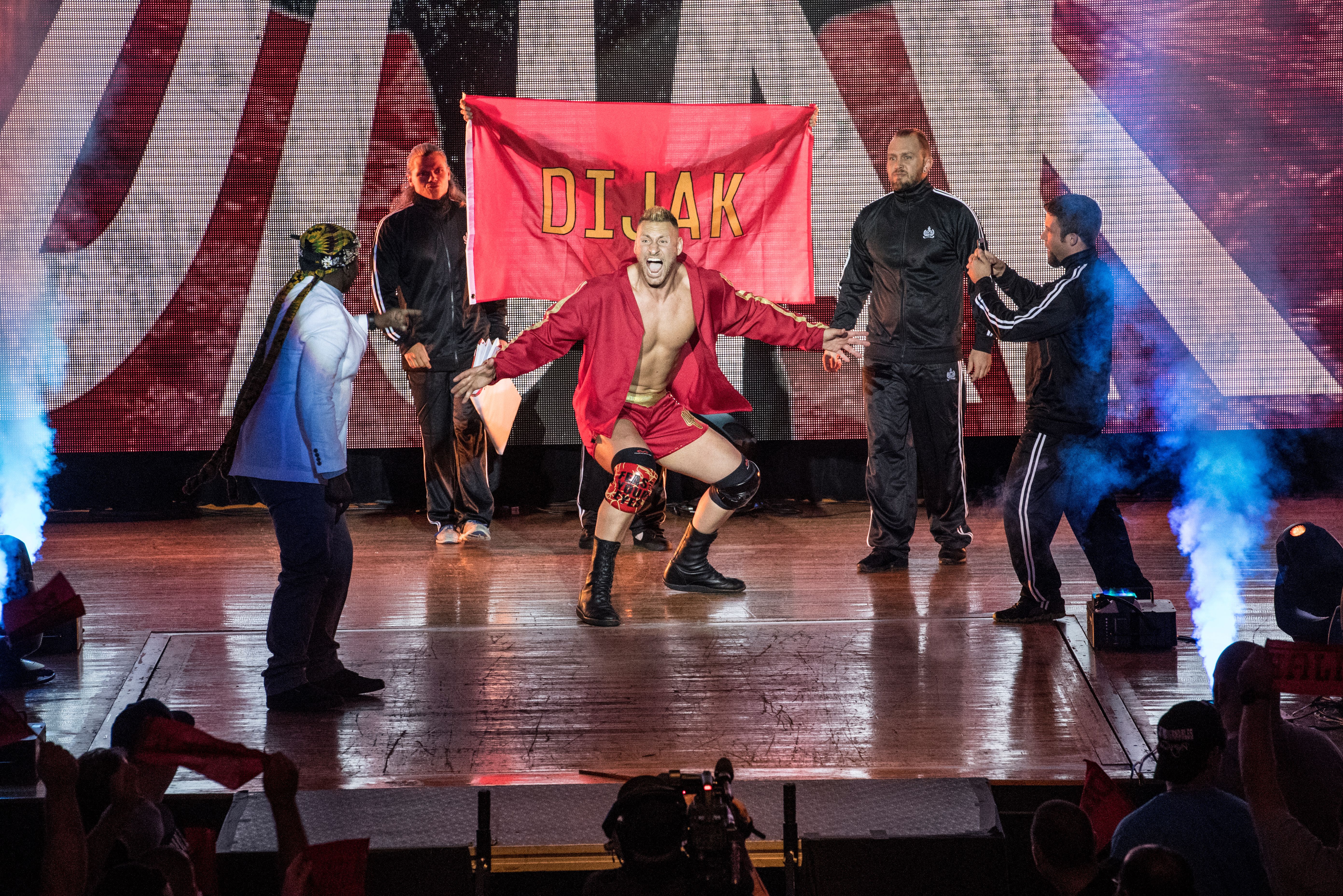 click to enlarge
click to enlarge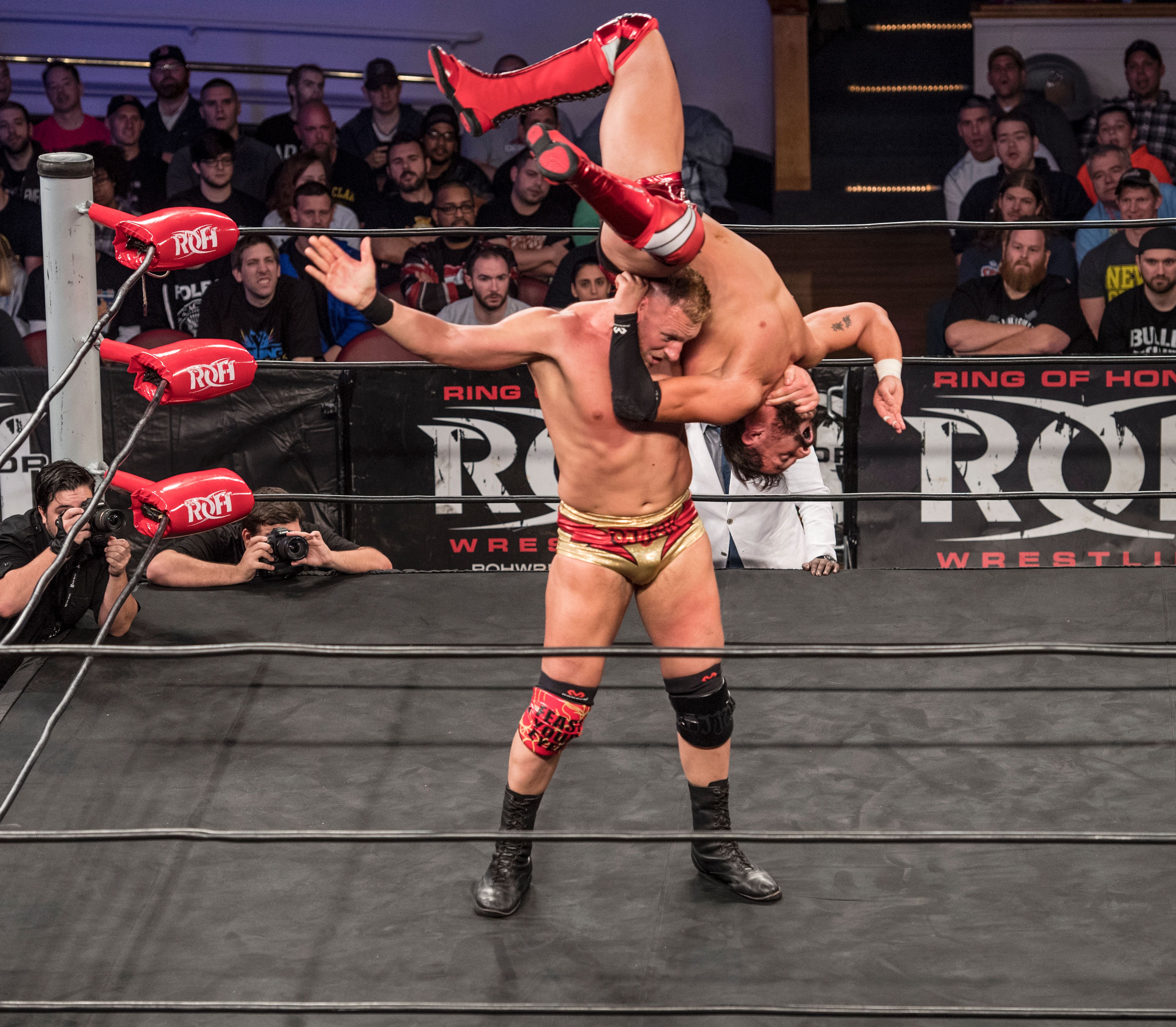 click to enlarge
click to enlarge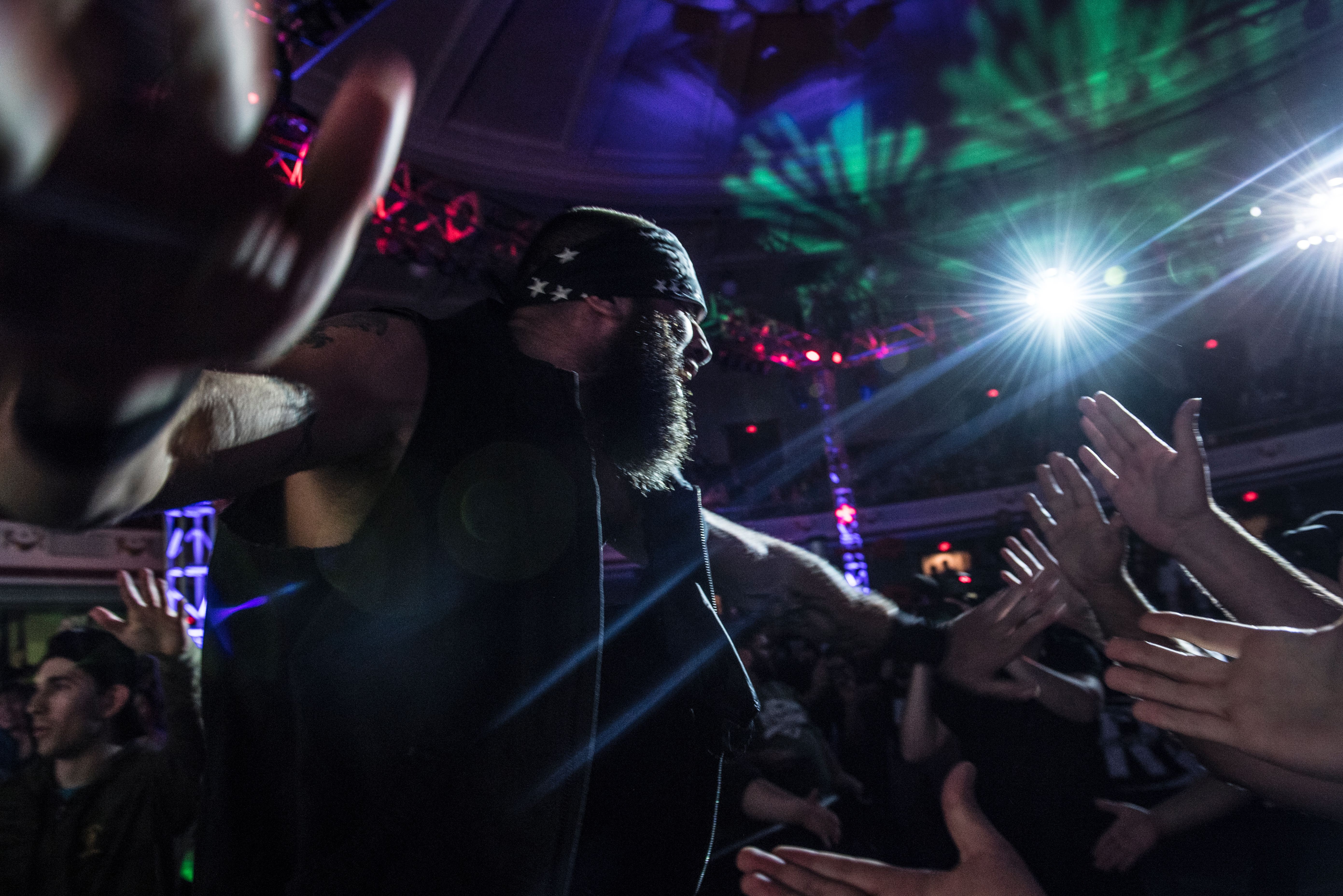 click to enlarge
click to enlarge click to enlarge
click to enlarge click to enlarge
click to enlarge click to enlarge
click to enlarge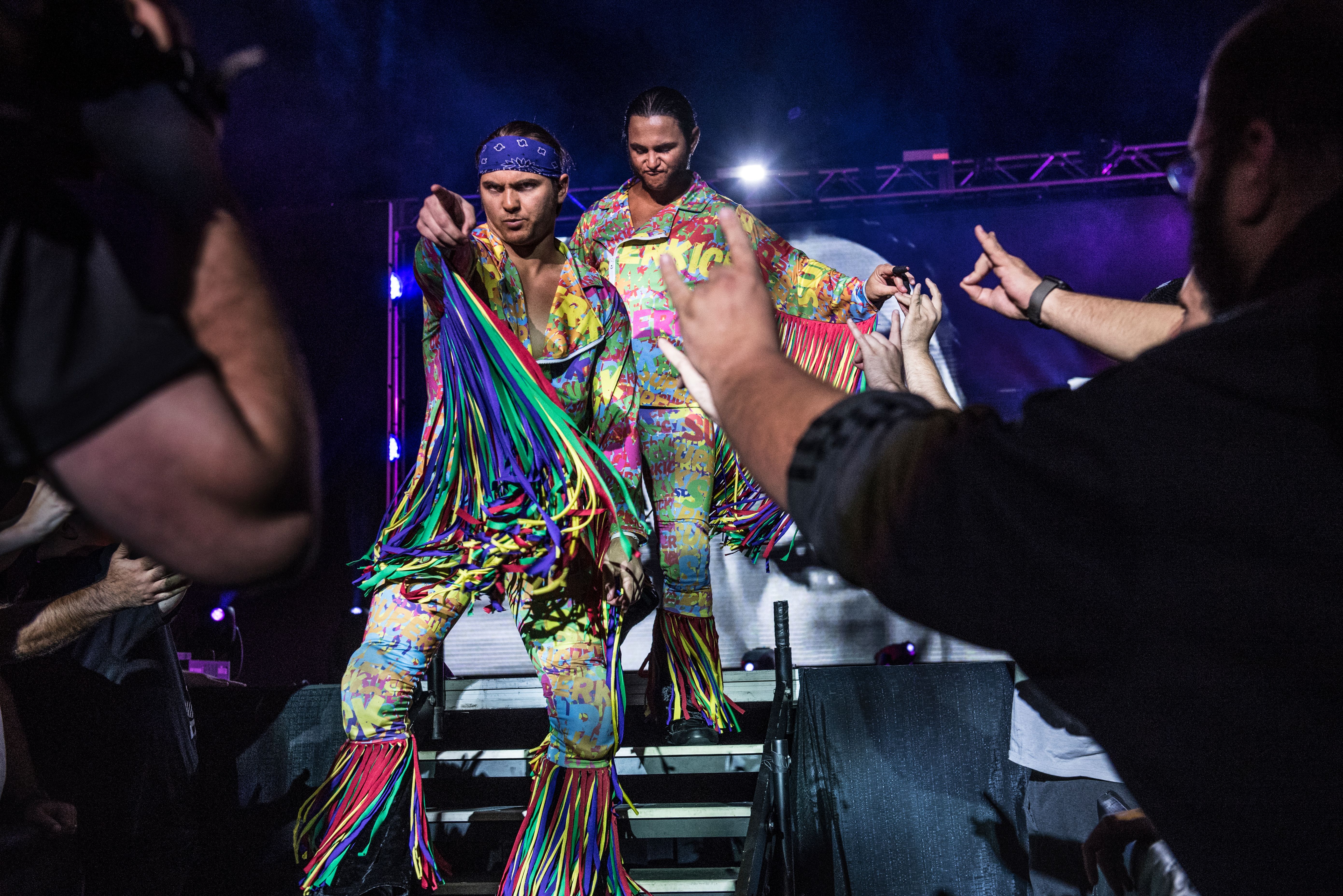 click to enlarge
click to enlarge click to enlarge
click to enlarge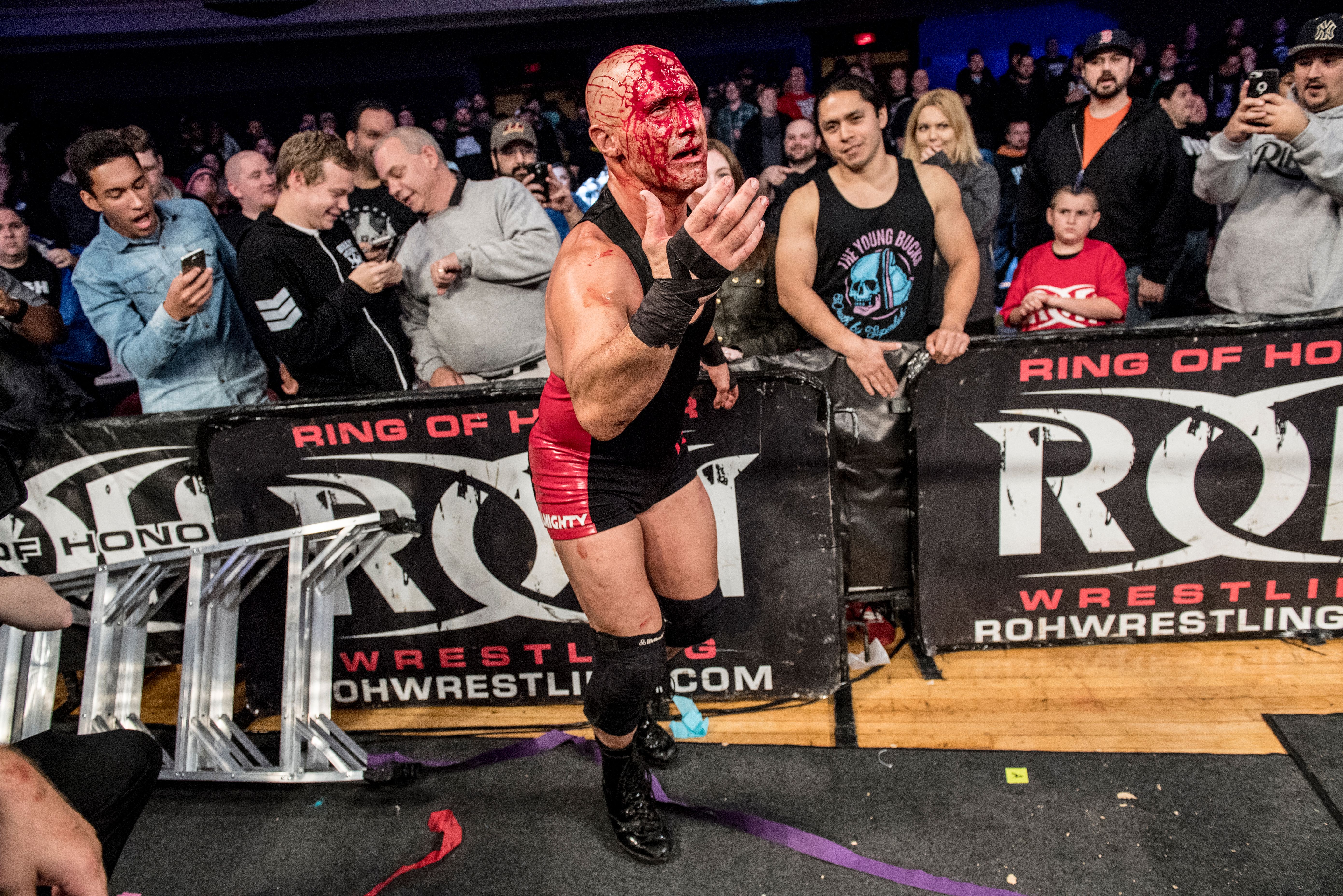 click to enlarge
click to enlarge click to enlarge
click to enlarge